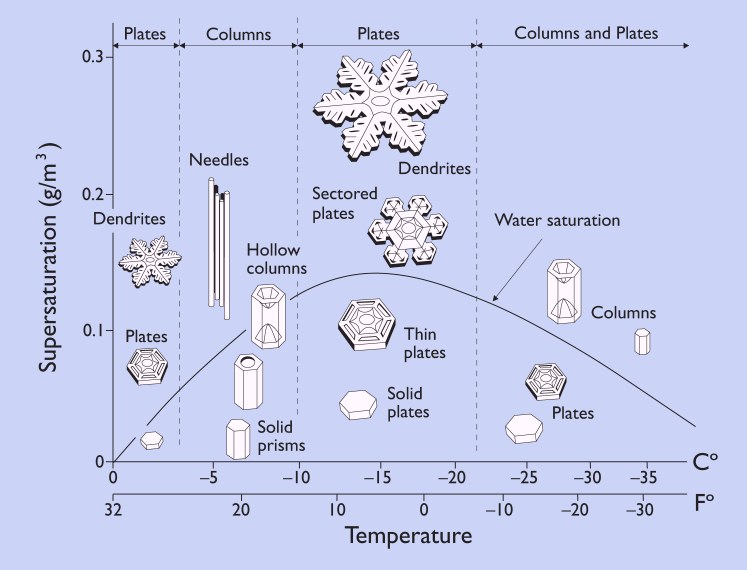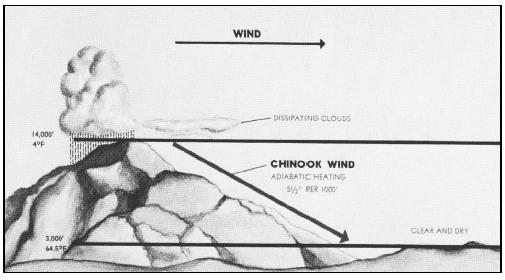Observations & photos submitted by naturalist Kim Birck, late July 2014.
Yesterday a butterfly I’d never seen before visited my yard. It had the colors of a swallowtail, but no tails, and it didn’t match anything I could find by doing a Google image search for “black and yellow butterflies." So I posted a (low-resolution) smartphone photo to Facebook and got an immediate reply from a cousin in Wisconsin--“Could it be a Mourning Cloak?” Though the Mourning Cloak is Montana’s state butterfly and does frequent my yard--and its general morphology is somewhat similar--I’d already ruled out Mourning Cloak using the eNature.com online butterfly field guide.
However, eNature was no help in figuring out who the mystery visitor actually was. The categories I might have chosen from their list--swallowtails or “boldly patterned”--produced no results. This was a very cooperative butterfly, however, hanging around all day and posing prettily on the bee balms (Mondarda sp.) that have proliferated where the native vegetation catches overspray from the lawn sprinklers. So I was able to get several good shots with a real camera, and e-mailed one to my friendly local naturalist at the Montana Natural History Center, Brian Williams.
Twelve hours later, I had a reply: “Hi Kim, Great picture and good butterfly--it's a female Great Spangled Fritillary. Charles [Miller] and I were out in the Rattlesnake yesterday and saw one ourselves! Perfect timing on your question too, I've been working on my fritillary ID skills the last two weeks.”
I Googled Great Spangled Fritillary, and on the Wikipedia page found the reason why it was so hard to identify: “Females tend to be darker than males and individuals from the western reaches of this species range tend to be brighter orange.” Talk about an understatement! All the Great Spangled Fritillary images I’d ever seen were brown and gold. Who knew the sexes were practically dimorphic? Today, a couple orange-colored males were chasing each other around the yard, and one landed on the same flower as the female I was photographing. She took off, but here’s the male.
He appears a bit the worse for wear as the markings have faded, near his wingtips, especially.
Here are views of the undersides of their wings: Male:
and Female:
After seeing them fluttering around, I had a few more questions for Brian:
"How do you distinguish Great Spangled from the OTHER Fritillaries? Could GSF be easily confused with the Northwestern Fritillary?"
He responded: "Well, identifying the fritillaries besides Great Spangled is my summer's million-dollar question. Luckily, the Great Spangled is the one (of 10 or so, it seems), that is most readily identified. The best characteristic is the nature of the silver spots on the bottom of the hindwing--in the Great Spangled, the spots are relatively few, small, and well-spaced compared to all the rest of the fritillaries (like your photo, which is indeed a Great Spangled). The Great Spangled is also a bit bigger than all the other fritillaries. So, while at first glance, the Northwestern and Hydaspe Fritillaries are similar to Great Spangled in overall color, it is possible to distinguish them in the field. Beyond Great Spangled, the question is much more muddied. Charles and I have been collecting fritillaries for a display and I've actually been submitting photos of our pinned specimens to the website 'Butterflies and Moths of North America' to get positive identifications. Good fun!"
(Now we know what naturalists do when they aren't leading field trips!)
Natural History Information from the Butterflies and Moths of North America Website:
Great Spangled Fritillary
Speyeria cybele (Fabricius, 1775)
Family: Nymphalidae
Subfamily: Heliconiinae
Identification: Large. Upperside of male tan to orange with black scales on forewing veins; female tawny, darker than male. Underside of hindwing with wide pale submarginal band and large silver spots.
Wing Span: 2 1/2 - 4 inches (6.3 - 10.1 cm).
Life History: Males patrol open areas for females. Eggs are laid in late summer on or near host violets. Newly-hatched caterpillars do not feed, but overwinter until spring, when they eat young violet leaves.
Flight: One brood from mid-June to mid-September.
Caterpillar Hosts: Various violet species (Viola).
Adult Food: Nectar from many species of flowers including milkweeds, thistles, ironweed, dogbane, mountain laurel, verbena, vetch, bergamot, red clover, joe-pye weed, and purple coneflower.
Habitat: Open, moist places including fields, valleys, pastures, right-of-ways, meadows, open woodland, prairies.
Range: Alberta east to Nova Scotia, south to central California, New Mexico, central Arkansas, and northern Georgia.
Comments: The most common fritillary throughout most of the eastern United States.
Yesterday a butterfly I’d never seen before visited my yard. It had the colors of a swallowtail, but no tails, and it didn’t match anything I could find by doing a Google image search for “black and yellow butterflies." So I posted a (low-resolution) smartphone photo to Facebook and got an immediate reply from a cousin in Wisconsin--“Could it be a Mourning Cloak?” Though the Mourning Cloak is Montana’s state butterfly and does frequent my yard--and its general morphology is somewhat similar--I’d already ruled out Mourning Cloak using the eNature.com online butterfly field guide.
However, eNature was no help in figuring out who the mystery visitor actually was. The categories I might have chosen from their list--swallowtails or “boldly patterned”--produced no results. This was a very cooperative butterfly, however, hanging around all day and posing prettily on the bee balms (Mondarda sp.) that have proliferated where the native vegetation catches overspray from the lawn sprinklers. So I was able to get several good shots with a real camera, and e-mailed one to my friendly local naturalist at the Montana Natural History Center, Brian Williams.
Twelve hours later, I had a reply: “Hi Kim, Great picture and good butterfly--it's a female Great Spangled Fritillary. Charles [Miller] and I were out in the Rattlesnake yesterday and saw one ourselves! Perfect timing on your question too, I've been working on my fritillary ID skills the last two weeks.”
I Googled Great Spangled Fritillary, and on the Wikipedia page found the reason why it was so hard to identify: “Females tend to be darker than males and individuals from the western reaches of this species range tend to be brighter orange.” Talk about an understatement! All the Great Spangled Fritillary images I’d ever seen were brown and gold. Who knew the sexes were practically dimorphic? Today, a couple orange-colored males were chasing each other around the yard, and one landed on the same flower as the female I was photographing. She took off, but here’s the male.
He appears a bit the worse for wear as the markings have faded, near his wingtips, especially.
Here are views of the undersides of their wings: Male:
and Female:
After seeing them fluttering around, I had a few more questions for Brian:
"How do you distinguish Great Spangled from the OTHER Fritillaries? Could GSF be easily confused with the Northwestern Fritillary?"
He responded: "Well, identifying the fritillaries besides Great Spangled is my summer's million-dollar question. Luckily, the Great Spangled is the one (of 10 or so, it seems), that is most readily identified. The best characteristic is the nature of the silver spots on the bottom of the hindwing--in the Great Spangled, the spots are relatively few, small, and well-spaced compared to all the rest of the fritillaries (like your photo, which is indeed a Great Spangled). The Great Spangled is also a bit bigger than all the other fritillaries. So, while at first glance, the Northwestern and Hydaspe Fritillaries are similar to Great Spangled in overall color, it is possible to distinguish them in the field. Beyond Great Spangled, the question is much more muddied. Charles and I have been collecting fritillaries for a display and I've actually been submitting photos of our pinned specimens to the website 'Butterflies and Moths of North America' to get positive identifications. Good fun!"
(Now we know what naturalists do when they aren't leading field trips!)
Natural History Information from the Butterflies and Moths of North America Website:
Great Spangled Fritillary
Speyeria cybele (Fabricius, 1775)
Family: Nymphalidae
Subfamily: Heliconiinae
Identification: Large. Upperside of male tan to orange with black scales on forewing veins; female tawny, darker than male. Underside of hindwing with wide pale submarginal band and large silver spots.
Wing Span: 2 1/2 - 4 inches (6.3 - 10.1 cm).
Life History: Males patrol open areas for females. Eggs are laid in late summer on or near host violets. Newly-hatched caterpillars do not feed, but overwinter until spring, when they eat young violet leaves.
Flight: One brood from mid-June to mid-September.
Caterpillar Hosts: Various violet species (Viola).
Adult Food: Nectar from many species of flowers including milkweeds, thistles, ironweed, dogbane, mountain laurel, verbena, vetch, bergamot, red clover, joe-pye weed, and purple coneflower.
Habitat: Open, moist places including fields, valleys, pastures, right-of-ways, meadows, open woodland, prairies.
Range: Alberta east to Nova Scotia, south to central California, New Mexico, central Arkansas, and northern Georgia.
Comments: The most common fritillary throughout most of the eastern United States.




















.jpeg)








